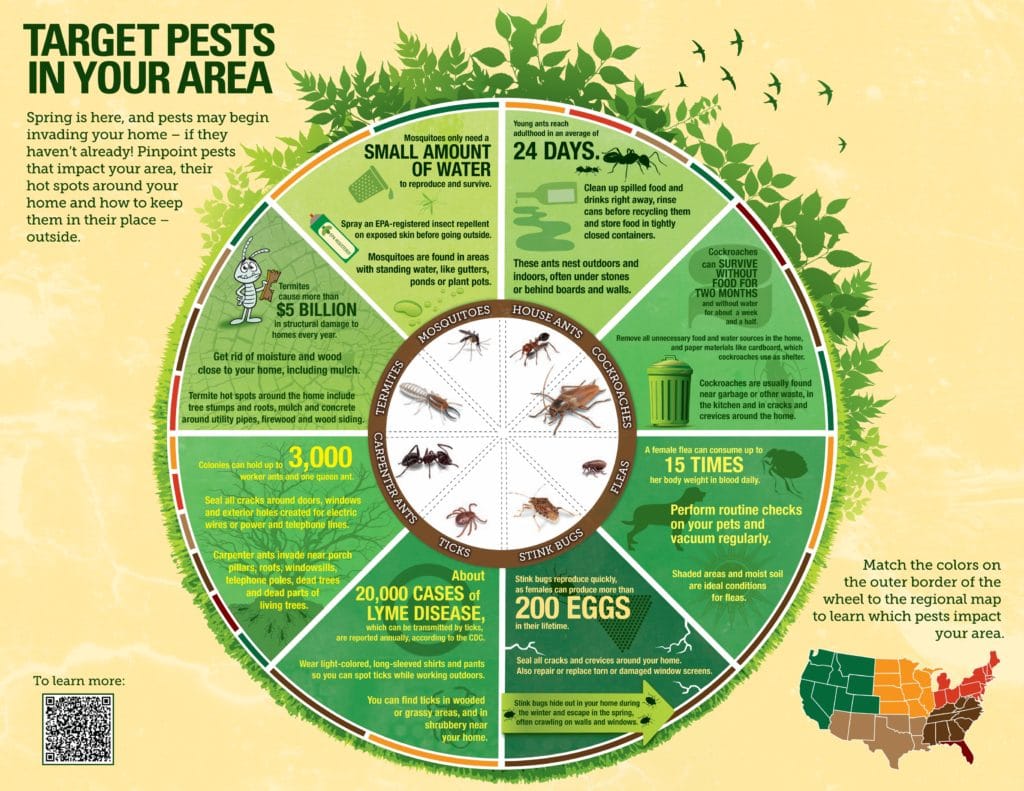Safeguarding Your Attic From Rats: Trick Guidance For Homeowners
Safeguarding Your Attic From Rats: Trick Guidance For Homeowners
Blog Article
Short Article Writer-Austin Degn
Envision your attic room as a comfortable Airbnb for rats, with insulation as fluffy as hotel pillows and wiring more tempting than room solution. Now, envision these unwanted visitors tossing a wild celebration in your home while you're away. As a homeowner, ensuring your attic is rodent-proof is not almost assurance; it has to do with securing your residential or commercial property and liked ones. So, what easy steps can you take to safeguard your shelter from these fuzzy trespassers?
Examine for Entry Information
To start rodent-proofing your attic, check for access points. Start by thoroughly checking out the outside of your home, searching for any kind of openings that rodents might use to get to your attic. Look for voids around energy lines, vents, and pipes, as well as any fractures or holes in the structure or siding. Ensure to pay close attention to locations where various structure materials meet, as these prevail entrance points for rodents.
Additionally, check the roofing system for any damaged or missing tiles, as well as any voids around the sides where rodents could squeeze through. Inside insect pest control , look for indicators of existing rodent task such as droppings, ate cords, or nesting products. Utilize german cockroach pest control to completely check dark edges and concealed areas.
Seal Cracks and Gaps
Inspect your attic room extensively for any kind of cracks and gaps that require to be sealed to prevent rodents from getting in. Rodents can squeeze with even the smallest openings, so it's crucial to secure any potential access points. Examine around pipelines, vents, wires, and where the wall surfaces meet the roofing. Make use of a mix of steel woollen and caulking to seal off these openings successfully. Steel woollen is an excellent deterrent as rats can not eat via it. Ensure that all voids are firmly sealed to reject accessibility to unwanted bugs.
Don't neglect the significance of sealing gaps around doors and windows as well. Usage climate removing or door sweeps to seal these locations effectively. Examine the areas where utility lines enter the attic room and seal them off utilizing an appropriate sealant. By putting in the time to seal all cracks and gaps in your attic, you develop an obstacle that rats will find hard to violation. Prevention is key in rodent-proofing your attic, so be complete in your efforts to seal off any prospective entry factors.
Eliminate Food Sources
Take proactive procedures to get rid of or save all prospective food resources in your attic to discourage rats from infesting the room. Rats are brought in to food, so removing their food sources is crucial in maintaining them out of your attic.
Below's what you can do:
1. ** Store food securely **: Avoid leaving any food products in the attic. Store all food in impermeable containers made of metal or heavy-duty plastic to stop rats from accessing them.
2. ** Clean up debris **: Get rid of any kind of heaps of debris, such as old papers, cardboard boxes, or wood scraps, that rodents can make use of as nesting material or food resources. Keep the attic room clutter-free to make it much less appealing to rodents.
3. ** Dispose of garbage effectively **: If you utilize your attic room for storage space and have rubbish or waste up there, make certain to dispose of it consistently and correctly. Decaying garbage can bring in rats, so maintain the attic tidy and free of any kind of natural waste.
Verdict
Finally, bear in mind that an ounce of avoidance is worth an extra pound of treatment when it comes to rodent-proofing your attic.
By taking the time to check for access factors, seal splits and spaces, and remove food resources, you can keep undesirable pests at bay.
Remember, 'An ounce of avoidance deserves a pound of cure' - Benjamin Franklin.
Keep https://www.popsci.com/science/article/2012-12/why-wild-animals-are-moving-cities-and-what-do-about-it/ and safeguard your home from rodent problems.
